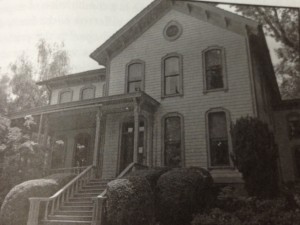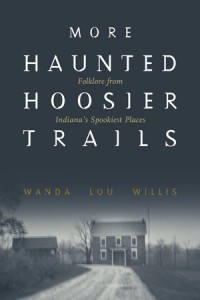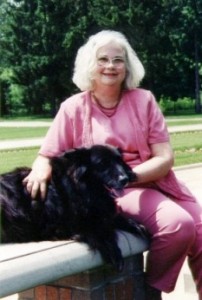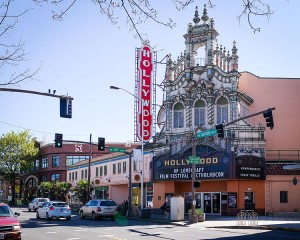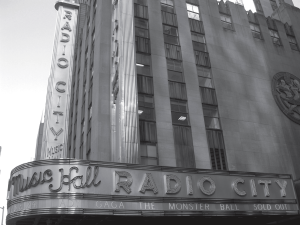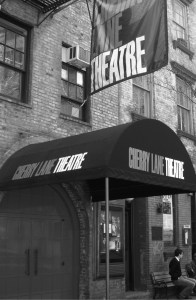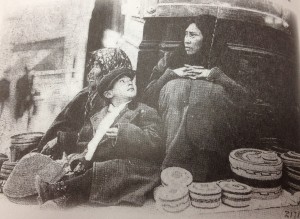Blog by Keen intern Sarris Balcerzak based on a story from Twin Cities Haunted Handbook by Jeff Morris, Garrett Merk and Dain Charbonneau
Well there’s a reason for that eerie feeling, and it’s not exams! Both Drew Hall and the Old Main Building have stories to tell.

True to its name, the Old Main Building at one point long ago hosted classes, the dining hall, administrative offices and most other school functions. A fire demolished the building in 1883, but it was rebuilt the following year.
Since the fire, there have been a number of strange sightings. The most entertaining of which concern goblins who cause mayhem (think Peeves from Harry Potter). These creatures push stacks of papers to the ground, spill coffee onto laptops and engage in other mischievous behavior.
Less troublesome, but perhaps more creepy is the portrait of university president George Henry Bridgman, which hangs in the auditorium. Students claim the man watches them as they walk by, sometimes leaving his portrait to stroll around the building and even occasionally plays the auditorium piano. Perhaps he even disciplines the troublesome goblins—though no account of this activity has been reported.
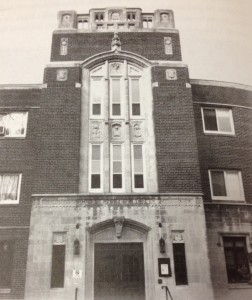
The spookiest sighting is that of the average student who is milling around with his feet hovering above ground and a noose around his neck. Nobody seems to know what happened to this student or why he continues to haunt Hamline. By contrast, Drew Hall’s ghostly activity has a much more logical story.
Although Hamline is the oldest university in Minnesota, Drew Hall is a newer addition built in the mid-1900s. But it wasn’t until the 60s that the elevator was installed, which led to a fatal accident.
A freshman (naturally) thought it would be funny to put his hand in the closing doors to test the sensors and show off to his friends. The elevator sprung open each time he did this, except for once. Just once is all it took to sever the hand of the freshman boy. But the hand was never found…
Today, residents of Drew Hall (particularly female residents) can feel the icy touch of the pranker’s hand on their feet at night. Some claim to see the hand crawling through the stairwells—it’s not like the hand would take the elevator! The phantom hand may be searching for its body, but to no avail.
The best chance to bear witness to supernatural activity on campus is to be a student of Hamline University, however, both buildings are open to visitors during normal school hours.
For more ghost stories, check out Twin Cities Haunted Handbook by Jeff Morris, Garrett Merk and Dain Charbonneau
